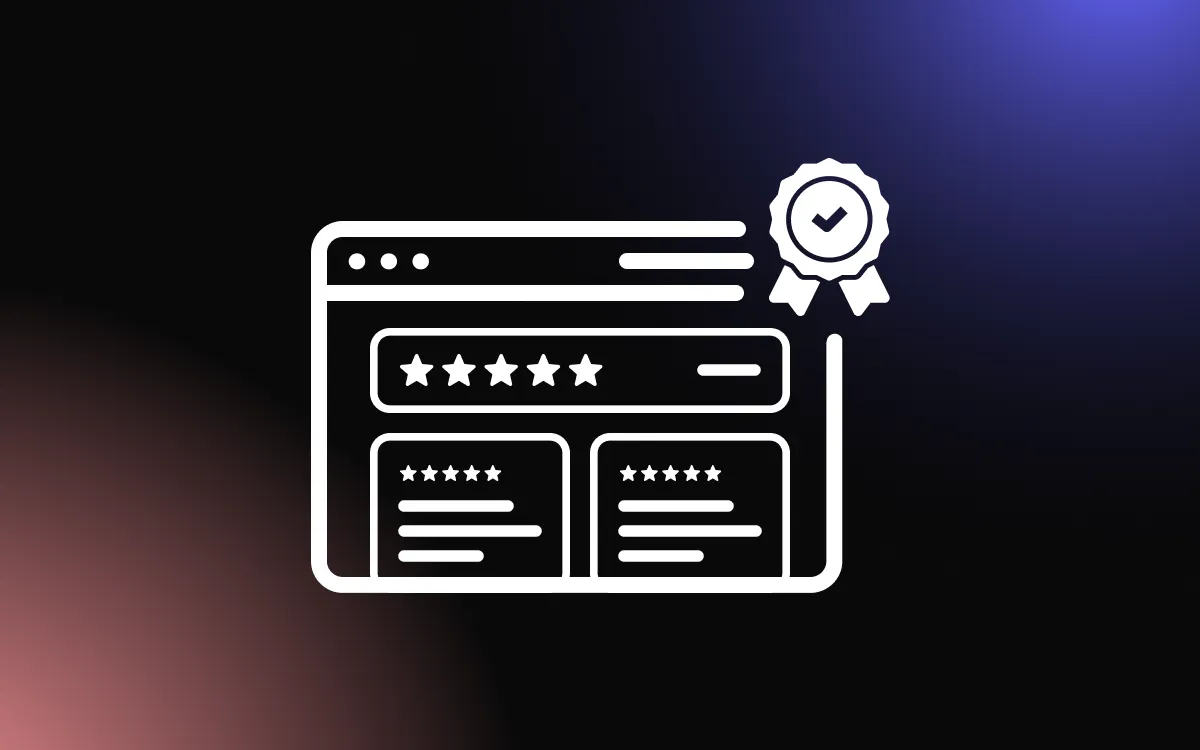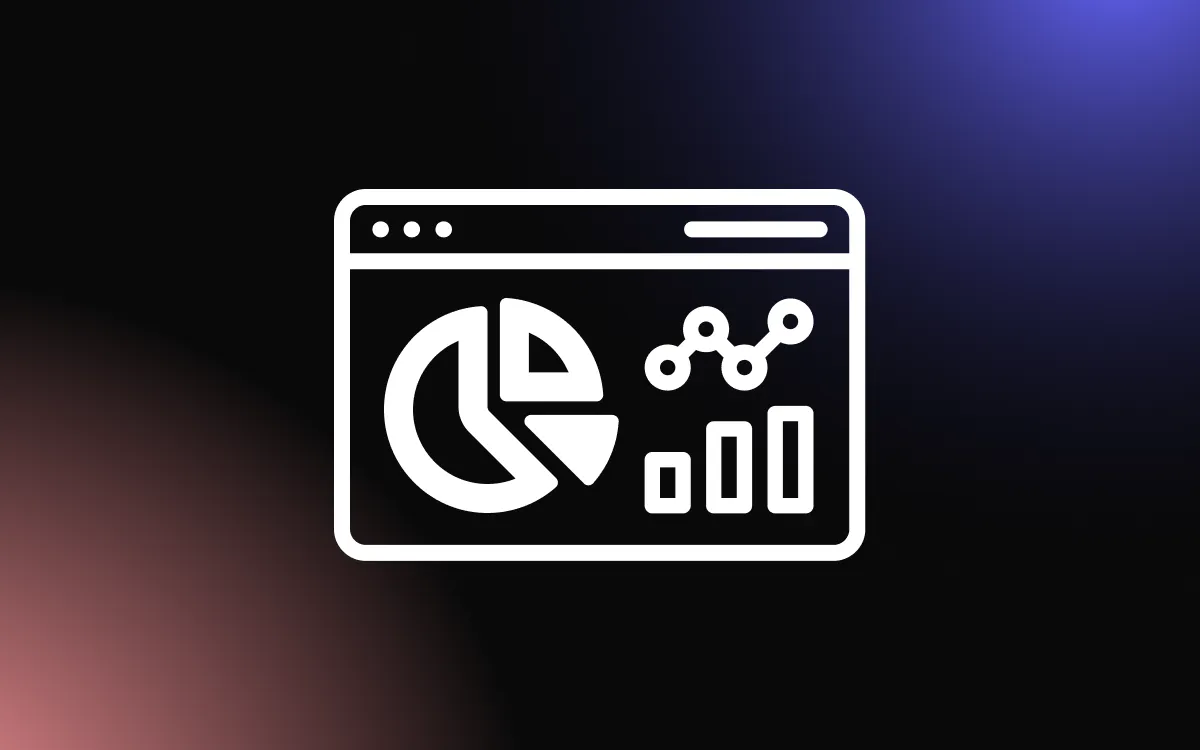
A website's bounce rate often serves as a critical indicator of user engagement and satisfaction. A high bounce rate can signal that visitors are not finding what they need or are not sufficiently engaged to explore further.
In this article, we delve into effective strategies to lower your website's bounce rate, thereby boosting overall performance. We'll explore various aspects such as improving user experience, enhancing content relevance, and optimizing page load times.
These insights will not only help in retaining visitors but also in converting them into engaged users or customers, ultimately enhancing the success of your website.
Understanding Bounce Rate and Its Impact on Website Performance
Defining Bounce Rate in the Context of Web Analytics
Bounce rate is a critical metric in web analytics that measures the percentage of visitors who enter a site and then leave ("bounce") rather than continuing to view other pages within the same site.
Here's what you need to know:
- Calculation of Bounce Rate: It is calculated by dividing the number of single-page sessions by the total number of sessions on the site. A high bounce rate often indicates that site entrance pages aren't relevant to your visitors.
- Understanding Visitor Behavior: A bounce rate can reveal a lot about user engagement and the effectiveness of your site's content. It helps in understanding if your landing pages are aligned with your audience's expectations.
How High Bounce Rates Affect SEO and User Engagement
The implications of a high bounce rate are significant for both SEO and user engagement:
- SEO Impact: Search engines like Google use bounce rate as an indicator of the quality and relevance of a webpage. A high bounce rate can negatively impact your site’s ranking in search results, as it suggests to search engines that the content is not valuable or relevant to visitors.
- User Engagement: A high bounce rate can also indicate poor user experience. It might be due to factors like unappealing design, confusing navigation, slow load times, or content that doesn't meet the user's needs or expectations.
- Conversion Rates: High bounce rates can lead to lower conversion rates. If users are leaving your site without engaging, they're less likely to convert into customers or followers.
Analyzing the Causes of High Bounce Rates
Common Design and Usability Flaws
High bounce rates can often be traced back to fundamental issues in website design and usability.
Understanding these flaws is key to creating a more engaging user experience:
- Poor Navigation: If users find it difficult to navigate your site or locate the information they need, they are likely to leave promptly. This includes confusing menu structures, lack of a search function, or overly complex layouts.
- Unappealing Visual Design: First impressions matter. An outdated or cluttered design can be off-putting. Similarly, aggressive use of colors, fonts, or animations can distract and deter visitors.
- Mobile Unfriendliness: With the increasing use of smartphones for web browsing, a site that isn't optimized for mobile devices can lead to a high bounce rate. This includes issues like text that's too small to read, images that don't load properly, or a layout that doesn't adjust to different screen sizes.
- Slow Load Times: Speed is crucial. Websites that take too long to load are a major turn-off for users. Even a few extra seconds can significantly increase the likelihood of visitors leaving your site.
Content Relevance and Quality Issues
The content of your website plays a pivotal role in retaining visitors:
- Irrelevant Content: If your content doesn't match what visitors expect based on your marketing or search engine listings, they're likely to leave. Ensure that your content aligns with the keywords and ads that drive traffic to your site.
- Poor Content Quality: Low-quality, unoriginal, or superficial content can disappoint visitors. Invest in well-researched, engaging, and valuable content that meets the needs and interests of your audience.
- Lack of Clear Value Proposition: If visitors can't quickly understand what you offer and why it's beneficial to them, they may not stick around. A clear, concise value proposition is essential.
- Overwhelming or Underwhelming First Impressions: Either too much information or too little upon arrival can be a turn-off. Striking the right balance in presenting your content is key.
Strategies for Improving Website Design to Reduce Bounce Rate
Enhancing User Interface and Navigation
Creating a user-friendly interface is crucial for keeping visitors engaged and reducing bounce rates. Here are key strategies to enhance your website's user interface and navigation:
- Intuitive Navigation: Ensure your site's navigation is straightforward and intuitive. Use clear, descriptive labels for menus and organize content logically. Dropdown menus can be effective for categorizing large amounts of content without overwhelming the user.
- Consistent Layout: Maintain a consistent layout throughout the site. Consistency in design elements like colors, fonts, and button styles creates a sense of familiarity and ease of use.
- Search Functionality: Implement a robust search feature, especially for content-rich websites. This allows users to quickly find specific information, improving their overall experience.
- Mobile Responsiveness: With the increasing use of mobile devices, ensure your website is fully responsive. This means your site should automatically adjust to fit the screen size of any device, providing an optimal viewing experience.
- Clear Calls to Action: Guide users through your website with clear calls to action (CTAs). Whether it’s to make a purchase, sign up for a newsletter, or read more content, CTAs should be prominent and persuasive.
Optimizing Page Load Speeds
Page load speed is a critical factor in user experience and can significantly impact bounce rates:
- Image Optimization: Large images can slow down page load times. Optimize images by compressing them and using appropriate file formats without compromising quality.
- Minimize HTTP Requests: Reduce the number of HTTP requests by minimizing the use of scripts, plugins, and external fonts. Use CSS sprites to combine multiple images into one, reducing the number of server requests.
- Use of Content Delivery Networks (CDNs): CDNs can help speed up loading times for your visitors by storing copies of your site's content on multiple servers around the world.
- Browser Caching: Enable browser caching so that returning visitors can load your website faster. This stores elements of your site on their device, reducing loading times on subsequent visits.
- Minify and Combine Files: Minify CSS, JavaScript, and HTML by removing unnecessary characters. Also, combine files where possible to reduce the number of files that need to be loaded.
Crafting Engaging Content to Keep Visitors on Your Site
Aligning Content with Audience Interests
Understanding and aligning with your audience's interests is key to crafting content that captivates and retains visitors. Here are strategies to ensure your content resonates with your audience:
- Audience Research: Conduct thorough research to understand your audience's preferences, challenges, and questions. Use surveys, social media listening, and website analytics to gather insights.
- Relevant Topics: Choose topics that are not only relevant to your industry but also of high interest to your audience. Trending topics, frequently asked questions, and pain points are great starting points.
- Personalization: Tailor content to meet the specific needs and interests of different segments of your audience. Personalized content can significantly increase engagement and time spent on your site.
- Storytelling: Use storytelling to make your content more relatable and engaging. Stories can evoke emotions and create a deeper connection with your audience.
- Value-Driven Content: Ensure your content provides real value, whether it's informative, educational, or entertaining. High-quality, valuable content encourages visitors to stay longer and explore further.
Using Multimedia and Interactive Elements Effectively
Incorporating multimedia and interactive elements can significantly enhance the appeal of your content:
- Visuals and Videos: Use high-quality images, infographics, and videos to break up text and add visual interest. Videos, in particular, can be highly engaging and keep visitors on your page longer.
- Interactive Content: Implement interactive elements like quizzes, polls, or interactive infographics. These elements encourage active participation and can significantly increase time spent on your site.
- Audio Content: Consider including podcasts or audio versions of your articles. Audio content is increasingly popular and can be a convenient way for visitors to consume your content.
- Animations and GIFs: Use animations or GIFs to draw attention to key points or to add a fun element to your content.
- Webinars and Live Streams: Hosting webinars or live streams can be a powerful way to engage with your audience in real-time, encouraging longer visits and deeper engagement.
Leveraging Analytics to Identify and Address Problem Areas
Tools for Tracking Bounce Rate and User Behavior
To effectively reduce bounce rates, it's crucial to leverage analytics tools that provide insights into user behavior and site performance. Here are some key tools and their functionalities:
- Google Analytics: The most widely used tool for tracking website activity, Google Analytics offers comprehensive data on bounce rates, page views, session duration, and user demographics.
- Heatmap Tools (like Hotjar or Crazy Egg): These tools provide visual representations of where users click, scroll, and spend time on your site, helping identify areas that attract or lose visitor attention.
- Behavior Flow Reports: Tools that offer behavior flow reports, such as Google Analytics, can help you understand the path visitors take through your site and where they drop off.
- Session Replay Tools: These tools record user sessions, allowing you to see how real users interact with your site, identifying usability issues that might cause high bounce rates.
Interpreting Data to Make Informed Decisions
Once you have the data, the next step is to interpret it effectively:
- Identify High Bounce Rate Pages: Look for patterns in pages with high bounce rates. Are they lacking in content quality, or do they have technical issues?
- User Journey Analysis: Understand the user journey and identify at which point users are leaving. Is there a common exit page or a particular stage in the navigation where users drop off?
- Segmentation: Segment your data by different demographics, devices, or acquisition channels to understand if the high bounce rate is specific to a certain group or source.
- A/B Testing: Use the insights gained to conduct A/B testing. Change one element at a time on your high bounce rate pages and measure the impact on user behavior.
- Feedback Integration: Consider integrating direct user feedback to understand why users might be leaving your site quickly.
Continuous Improvement: Testing and Tweaking for Optimal Performance
Implementing A/B Testing for Design and Content
Continuous improvement of a website is essential for maintaining user engagement and optimizing performance. A/B testing is a powerful method to achieve this:
- Identify Variables: Start by identifying elements that could impact user behavior, such as headlines, call-to-action buttons, images, or page layouts.
- Create Variations: Develop two versions (A and B) of these elements. For instance, version A could have a different headline than version B.
- Test and Analyze: Use tools like Google Optimize to run the tests, directing a portion of traffic to each version. Analyze metrics like conversion rates, time on page, and bounce rates to determine which version performs better.
- Iterative Process: A/B testing is not a one-off process. Continuously test different elements and incorporate the successful changes for ongoing site optimization.
Adapting to Changing User Preferences and Trends
Staying relevant and engaging requires adapting to evolving user preferences and trends:
- User Feedback: Regularly gather user feedback through surveys or feedback forms. This direct input can provide insights into changing preferences.
- Market Research: Stay updated with the latest trends in web design, content strategy, and technology. Implementing modern design trends can enhance user experience.
- Analytics Review: Regularly review your website analytics to spot new trends in user behavior. For example, an increase in mobile users might prompt a greater focus on mobile optimization.
- Responsive Design: Ensure your website design is responsive and adaptable to various devices and screen sizes, catering to a broader audience.
- Content Update: Keep your content fresh and relevant. Regular updates, based on user interests and current events, can keep users coming back.
Conclusion
Lowering your website's bounce rate is a multifaceted challenge that requires a keen understanding of your audience and a commitment to continuous improvement. By implementing the strategies discussed in this article, such as enhancing user experience, optimizing load times, and ensuring content relevance, you can significantly improve user engagement.
Remember, a lower bounce rate is not just a number; it's a reflection of a more compelling and user-friendly website. As you apply these insights, monitor your analytics closely to understand the impact of your changes and continue to refine your approach. In doing so, you'll create a more satisfying experience for your visitors, encouraging them to stay longer and engage more deeply with your content.



